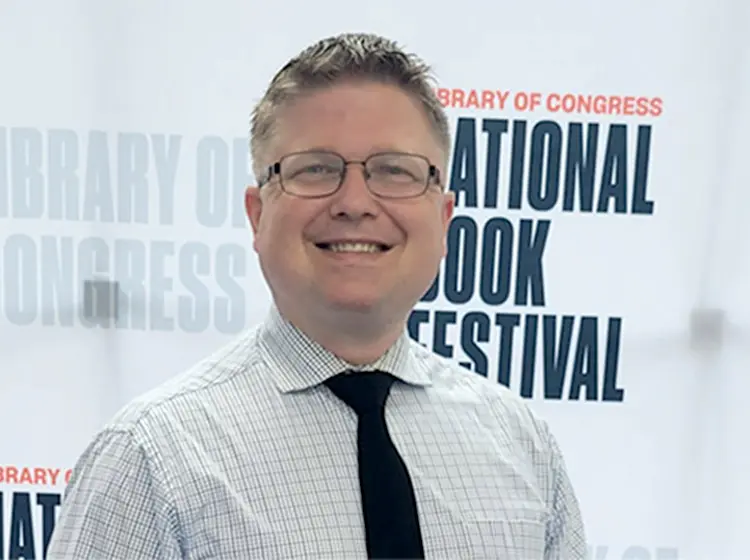Clint Eastwood, a name that resonates with grit, determination, and timeless charisma, has left a remarkable impact on cinema. His beloved figure for audiences worldwide stems from his rugged on-screen persona and unwavering dedication to his craft. From his iconic roles as “The Man with No Name” in spaghetti westerns to his directorial prowess in acclaimed films like “Unforgiven” and “Million Dollar Baby,”
Early Struggles and Breakthrough
Before the lights, cameras, and accolades, Clint Eastwood’s path to stardom was paved with perseverance. Born on May 31, 1930, in San Francisco, Eastwood experienced a nomadic childhood during the Great Depression, moving often due to his father’s job as a steelworker. These humble beginnings shaped his resilient character.
To support himself while chasing his Hollywood dream, Eastwood worked various odd jobs—lifeguard, grocery clerk, and even a lumberjack. These roles helped sustain him while he took acting classes and pounded the pavement looking for opportunities.
In 1955, he made his film debut with a minor role in Revenge of the Creature. Though far from a breakout role, it was a significant step forward. However, true recognition came when he landed the role of Rowdy Yates in the long-running TV western Rawhide (1959–1965). The show was a hit and showcased Eastwood’s potential as a compelling screen presence. It also laid the groundwork for his next career-defining phase.
Military Service of Clint Eastwood
Before fully diving into Hollywood, Eastwood was drafted into the U.S. Army during the Korean War. Stationed at Fort Ord in California, a fortuitous turn of events led him to become a swimming instructor rather than serving in combat. During this time, he formed connections with future television stars like Richard Long and David Janssen.
Though his acting career was largely on pause during his service, Eastwood continued to dream big. The GI Bill provided him with the opportunity to study drama at Los Angeles City College, reinforcing his determination to succeed in show business.
Remarkable Transition to Film Stardom
Post-discharge, Eastwood signed a modest $75-per-week contract with Universal Studios. It was the beginning of a journey that would catapult him from bit parts in B-movies to international acclaim. His lean frame, piercing stare, and quiet intensity distinguished him from many of his peers.
Eastwood’s rugged charm and stoic demeanor set him apart, and in the early 1960s, he caught the attention of Italian director Sergio Leone, whose bold reinterpretation of the Western genre needed a new kind of leading man.
Clint Eastwood in “Heartbreak Ridge”
One notable film in Clint Eastwood’s career is “Heartbreak Ridge,” where he portrayed Marine Sgt. Thomas Highway in 1986. Sgt. Highway is a decorated Veteran of two wars, facing a challenging situation in his final assignment before retirement. He must contend with officers lacking combat experience who consider him an unconventional and potentially dangerous relic. Sgt. Highway is tasked with training a group of undisciplined recruits, including Cpl. Stitch Jones, a street-smart hustler with prior encounters with Highway. As this old soldier prepares his men for a war they doubt will ever come, the United States unexpectedly invades Grenada.
Medal of Honor Heroism in “Heartbreak Ridge
In the film, Sergeant Highway is depicted as a Medal of Honor recipient from the Korean War. While the battle of Heartbreak Ridge is fictionalized in the movie, the story draws loosely from real events and military operations, including the U.S. invasion of Grenada in 1983. This film allowed Eastwood to explore themes of legacy, respect, and duty—recurring motifs throughout his work.
The Birth of an Icon: Sergio Leone’s Trilogy
In 1964, Clint Eastwood embarked on a journey to catapulted him to international stardom. Director Sergio Leone cast him as the enigmatic and taciturn “Man with No Name” in a series of spaghetti westerns, forever altering the trajectory of Eastwood’s career and the Western genre.
The “Dollars Trilogy” marked a defining moment in cinematic history, reshaping the conventions of Westerns and injecting them with a fresh dose of realism and grit.
“A Fistful of Dollars” (1964), Eastwood’s debut in the trilogy, introduced audiences to a character as mysterious as he was lethal. This film laid the foundation for a legendary collaboration between Eastwood and Leone.
The success of “A Fistful of Dollars” was followed by “For a Few Dollars More” (1965), in which Eastwood’s character partnered with Lee Van Cleef’s character in pursuit of a notorious outlaw.
The film solidified Eastwood’s status as a rising star and showcased his ability to command the screen with an aura of cool confidence.
The Transition to Director
While Eastwood’s acting career flourished, he harbored ambitions beyond the silver screen. He yearned for creative control, a desire to be the visionary behind the camera, calling the shots rather than just delivering lines. Moreover, this aspiration led him to venture into the challenging world of film direction.
In 1971, Clint Eastwood realized his directorial dreams by releasing “Play Misty for Me.” This psychological thriller marked his debut as a director, and he also took on the lead role.
The film was a daring departure from his tough-guy image, casting him as a radio disc jockey who becomes the target of a disturbed fan’s obsession.
“Play Misty for Me” was a critical and commercial success, receiving praise for its suspenseful storytelling and Eastwood’s skillful direction.
Furthermore, his initial foray into directing showcased his versatility as an artist. It set the stage for Eastwood’s remarkable second act as a filmmaker.
Directorial Triumphs
One of the defining characteristics of Eastwood’s directorial style is his willingness to delve into complex moral and ethical dilemmas. He earned acclaim for his portrayal of characters that muddled the distinctions between heroism and antiheroism, right and wrong, in shades of grey. So, this nuanced approach to storytelling adds depth to his films, making them resonate with audiences profoundly.
In “Mystic River” (2003), Eastwood directed an ensemble cast in a haunting exploration of childhood trauma and its lifelong impact on three friends. Furthermore, the film received critical acclaim and earned Eastwood another Best Director nomination.
Similarly, “Gran Torino” (2008) saw Eastwood playing a Korean War Veteran confronting the changing demographics of his neighborhood. Moreover, this thought-provoking film tackled themes of racism, redemption, and the power of human connection.
Clint Eastwood’s directorial films have consistently pushed the boundaries of storytelling. It challenged audiences to confront the complexities of the human experience. Through his lens, he has demonstrated a remarkable ability to capture the intricacies of life’s moral and ethical dilemmas, leaving an unforgettable impact on the cinematic landscape.

Themes and Legacy
Eastwood’s films often dwell in the gray areas of morality. He avoids spoon-feeding audiences simplistic answers, encouraging them to wrestle with ethical questions. His protagonists are often deeply flawed—tough, cynical, yet capable of great compassion and sacrifice.
In Gran Torino (2008), he played a bitter, bigoted Korean War veteran who forms an unlikely friendship with his Hmong neighbors. It was a film that defied expectations and became a sleeper hit.
His work consistently emphasizes personal responsibility, redemption, and justice—values he’s embodied both on and off screen.
Political and Cultural Influence
Beyond cinema, Eastwood has also had a notable presence in American political and cultural life. He served as mayor of Carmel-by-the-Sea, California, from 1986 to 1988. A known libertarian, he has frequently spoken about individual freedom, government overreach, and artistic independence.
His views, often controversial, have made him a polarizing figure. However, his willingness to challenge Hollywood norms and speak his mind has also earned him respect across the political spectrum.
Eastwood’s practical approach to directing—often under budget and ahead of schedule—has influenced generations of filmmakers. He’s mentored and worked with rising stars, encouraging a new wave of actor-directors.
Awards and Recognition
Clint Eastwood has won four Academy Awards, received multiple Golden Globes, and earned a Lifetime Achievement Award from the American Film Institute. In 2000, France awarded him the Legion of Honour, its highest civilian distinction. Yet, he remains influentially humble, often downplaying his accolades in interviews.
At over 90 years old, Eastwood continues to work, both directing and occasionally acting. His productivity and passion for storytelling remain unmatched.
A Timeless Influence of Clint Eastwood
Clint Eastwood’s influence on filmmaking extends far beyond his work. His contributions have profoundly impacted subsequent generations of actors, directors, and storytellers. Furthermore, his unique ability to explore complex themes and human experiences has set a standard for authenticity in cinema.
As a trailblazer who challenged Hollywood conventions and embraced risk-taking in his creative endeavors, Clint Eastwood’s influence will continue to resonate for generations to come. In closing, Clint Eastwood’s journey is a remarkable proof of the power of talent, determination, and adaptability in cinema.
His contributions, both in front of and behind the camera, have enriched the art of storytelling and left an enduring legacy that will still captivate and inspire for years to come. Clint Eastwood is not merely a Hollywood legend. He is an enduring symbol of the magic of movies and the enduring spirit of an artist.









